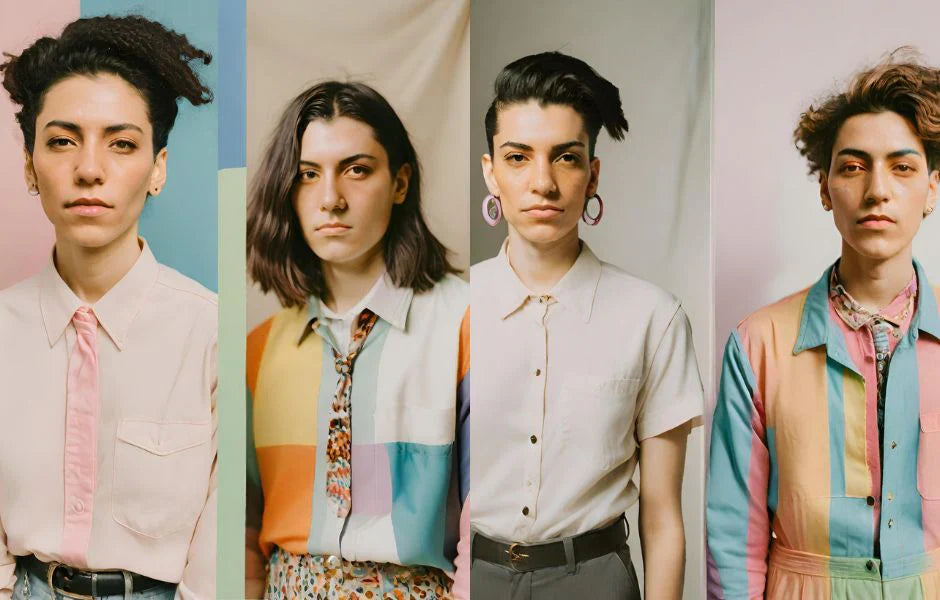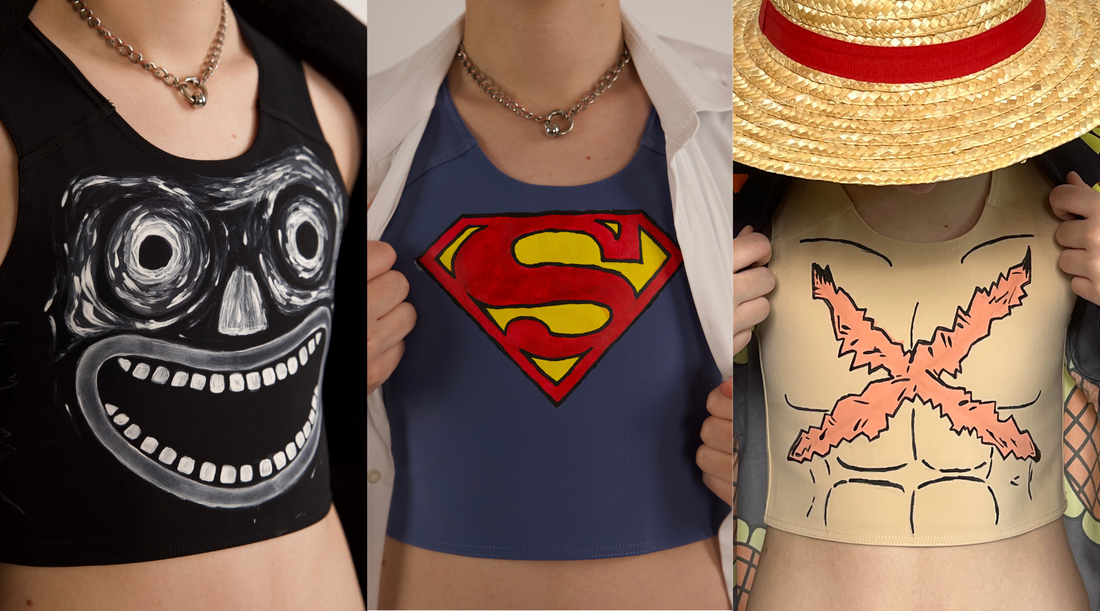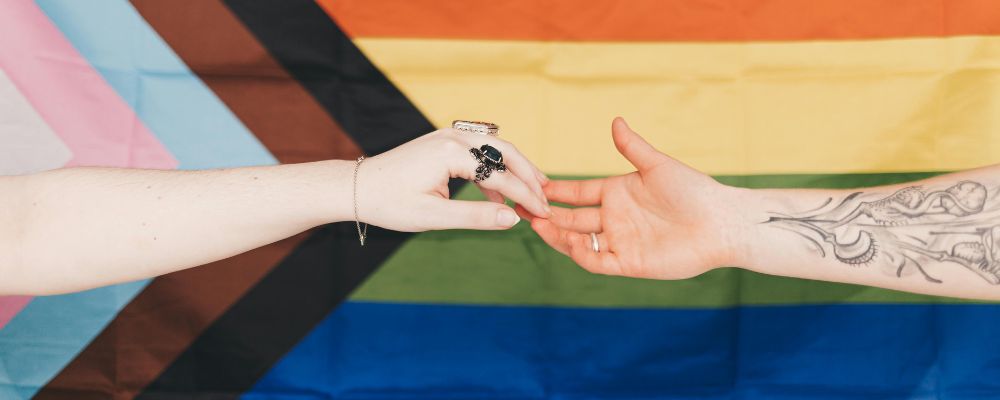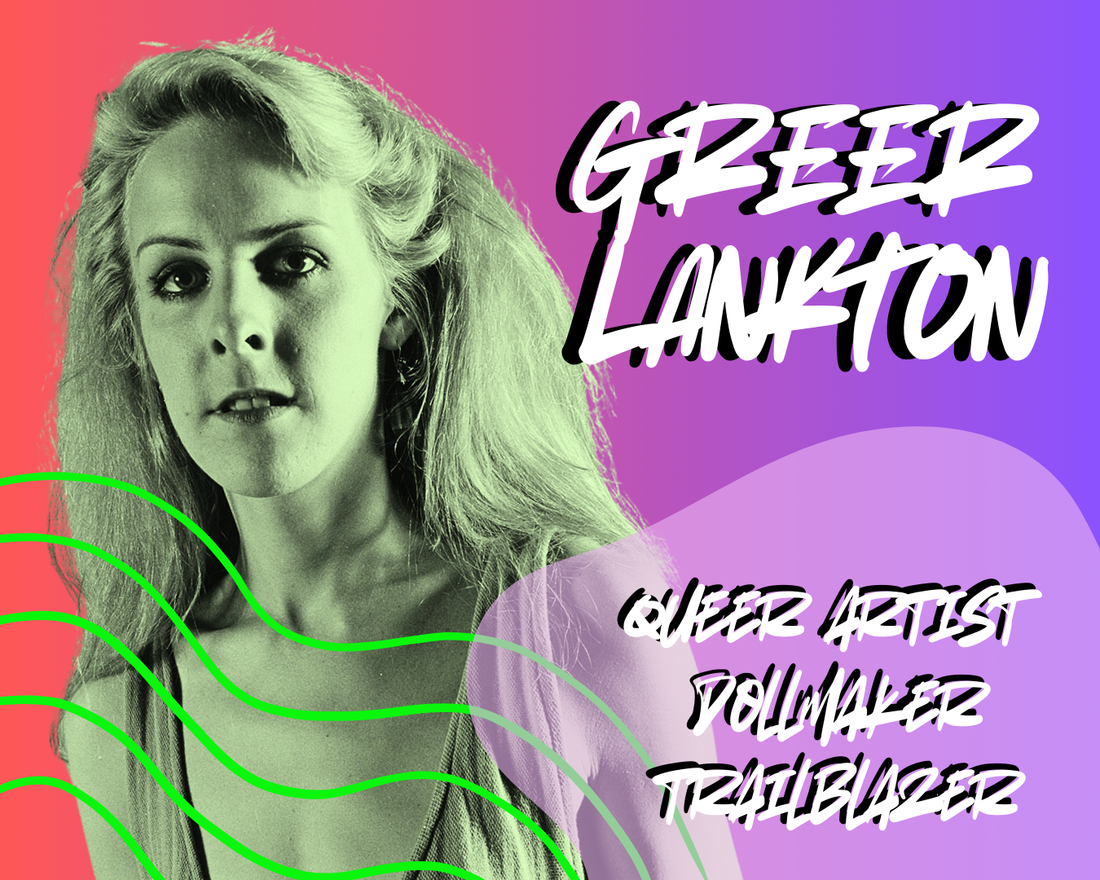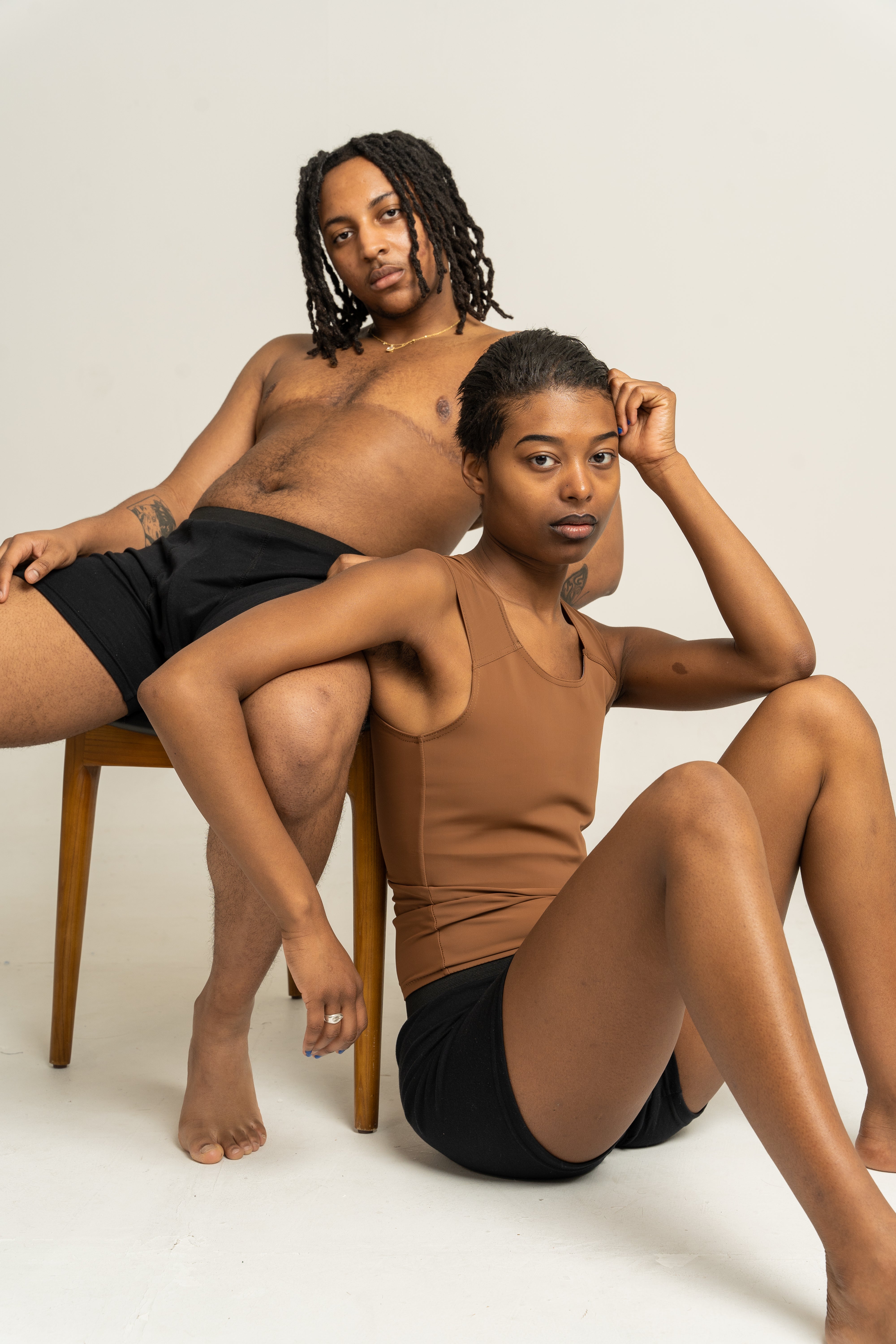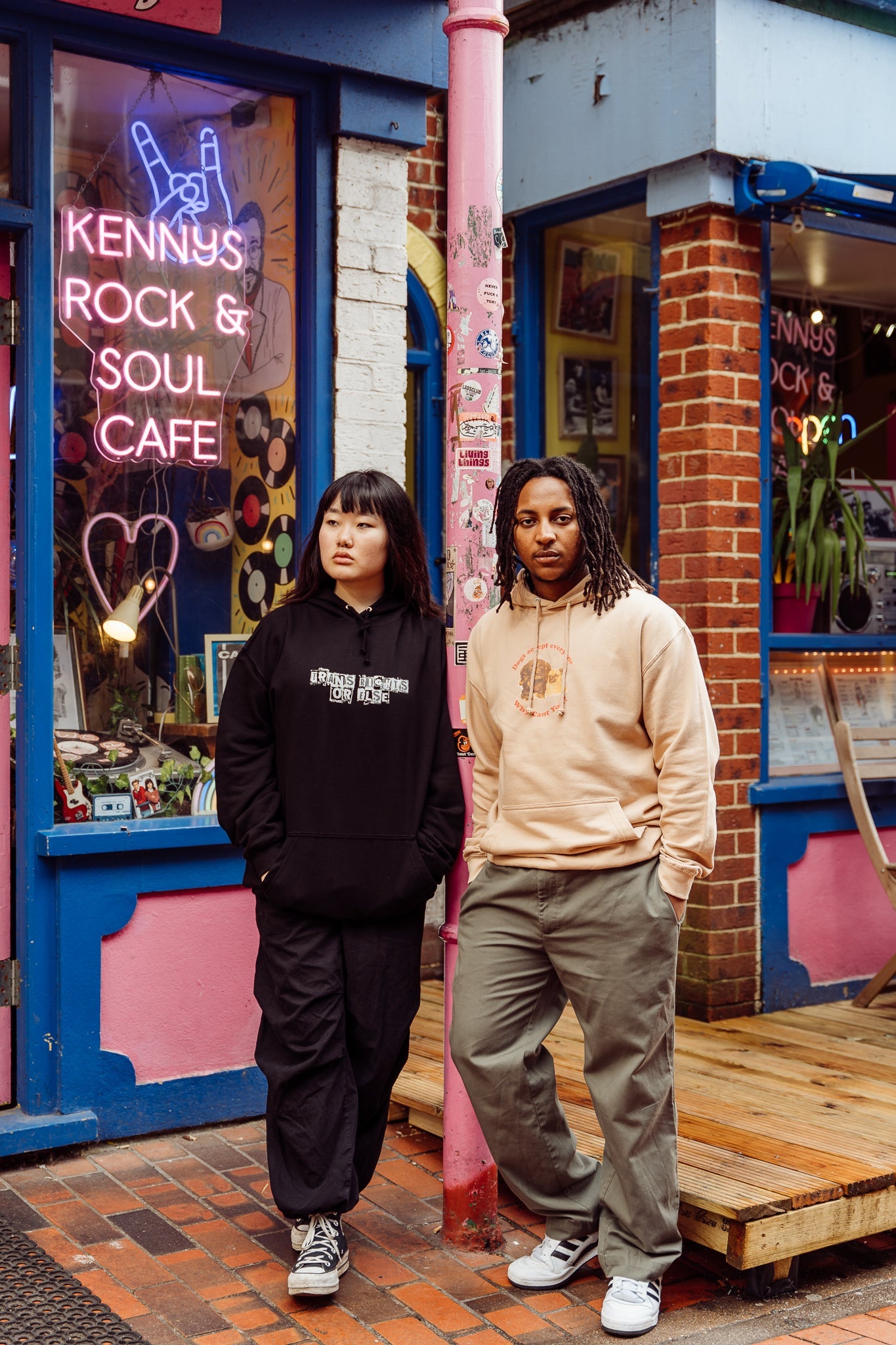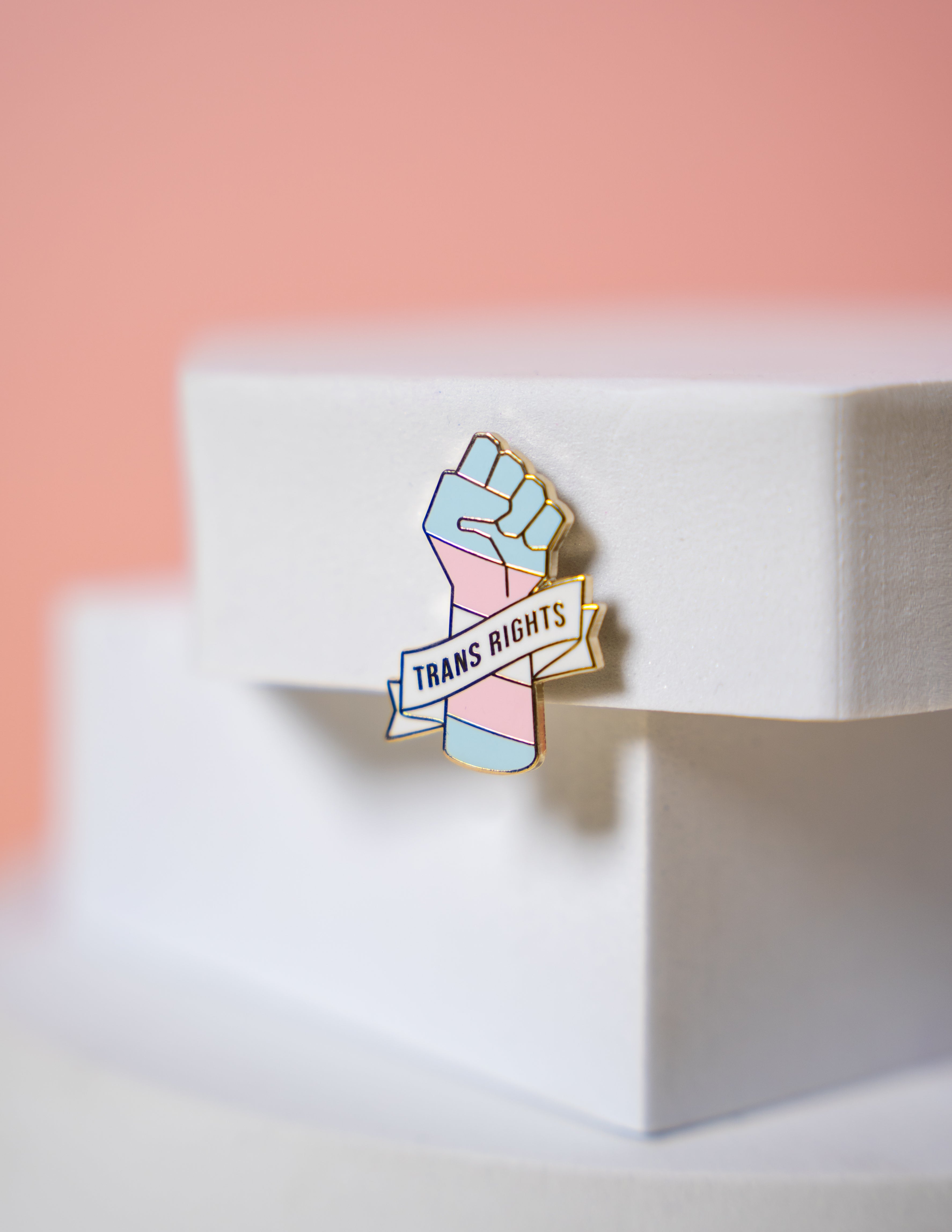By William Elisabeth Cuthbert
Knowing our identities gives us a few handy words so we can start to celebrate who we are with ourselves and others. But those umbrella terms—‘trans’ and ‘genderqueer’, ‘girl’ or ‘boy’, neither or all the above—are only the beginnings of how we express ourselves.
Gender expression is where we explore what our identities mean to us on an individual level. It’s a space to think about which traditional gender values and appearances are right for us, if any, as well as how we break the binary mould.
Bigender folks might shift expression according to who they feel like in any given moment, going with the flow or sticking with a style that’s neither one nor another. But an androgyne could hold their gender as an identity and an expression at the same time, working between or beyond limiting ideas of masculinity and femininity. Lots of trans men are comfortable acting in ways we recognise as manly; another way identity and expression can overlap.
It’s not the same for everyone though. Multitudes of gender mavericks (including maveriques) bin the rulebook and live undefined by any pesky categories.
But the mainstream awareness of trans people is still stuck in the binary. We’re expected to express ourselves only in ways that are conventionally masculine or feminine, and to stay within the straight lines society draws out for us as we transition.
The kinds of freedoms more freely given to cis (and especially cis White) people to blur those lines—for men to wear eyeliner for instance, or for women to rock a buzz cut—aren’t offered to many of us in the same way. As if driven by aesthetics and stereotypes, we’re thought of as outsiders ‘wanting to be more like’ typecast men or women, instead of our gender identities being accepted as core parts of our beings.
In between these misunderstandings, non-binary and more fluid identities and expressions are often overlooked, sometimes even by us trans folks who can neatly slot into ‘male’ or ‘female’ boxes. It’s easy to get comfortably complacent at the expense of our awareness of others, or even of ourselves.
I’m doing my best to break out of that binary mindset too. A huge hurdle for me was understanding that I’m a femboy. In other words, a guy who dresses, speaks, moves or otherwise feels or presents with more femininity than the average man.
It’s only looking back with acknowledged trans context that I can see all the subtle signs of my non-conformity. My identity wasn’t signposted with ways girls aren’t ‘supposed’ to feel about things like clothes, makeup, or media. Instead, I understand in my 30s how deeply the teens-and-20s versions of me longed for manhood’s foundations to build on.
Let me explain. I loved how a flowing dress would flatter my figure, but something in me lit up a different way when I wore a shirt and women’s waistcoat. For a friend’s 80s-themed hen party, I was the odd New Romantic out between balloon sleeves and mini dresses.
The confidence I felt in wearing that mix of power and softness reflected something inside that wouldn’t be pinned down for years. Until then I idolised guys in journals, pages which also contained desire for women that scared me with its domineering fierceness, a ‘masculinity’ I couldn’t quite face.
In some earlier scribblings I even wished I could know what it felt like to be the boys at school, who moved through their world with such unapologetic confidence. Not to actually be a boy, just to live in their realities a while.
Nope, zero trans to be read in there, little me.
Meanwhile, I fixated in a very stereotypically girly way on finding someone who’d love me. Over time I found two separate someones, had a kid with the second, and got married in a long white gown. I didn’t often dress hyper-feminine, but whenever I did it felt special, like an occasion in itself.
I know I’m not alone in having a less conventional (if any of us can be called that) trans experience. But that’s why the distinction between gender identity and gender expression is important. They’re two phrases that let us know identity isn’t the be all, end all of how we show ourselves. If identity is what we are, expression is who we are. And who we truly are can cross as many lines as we like.


